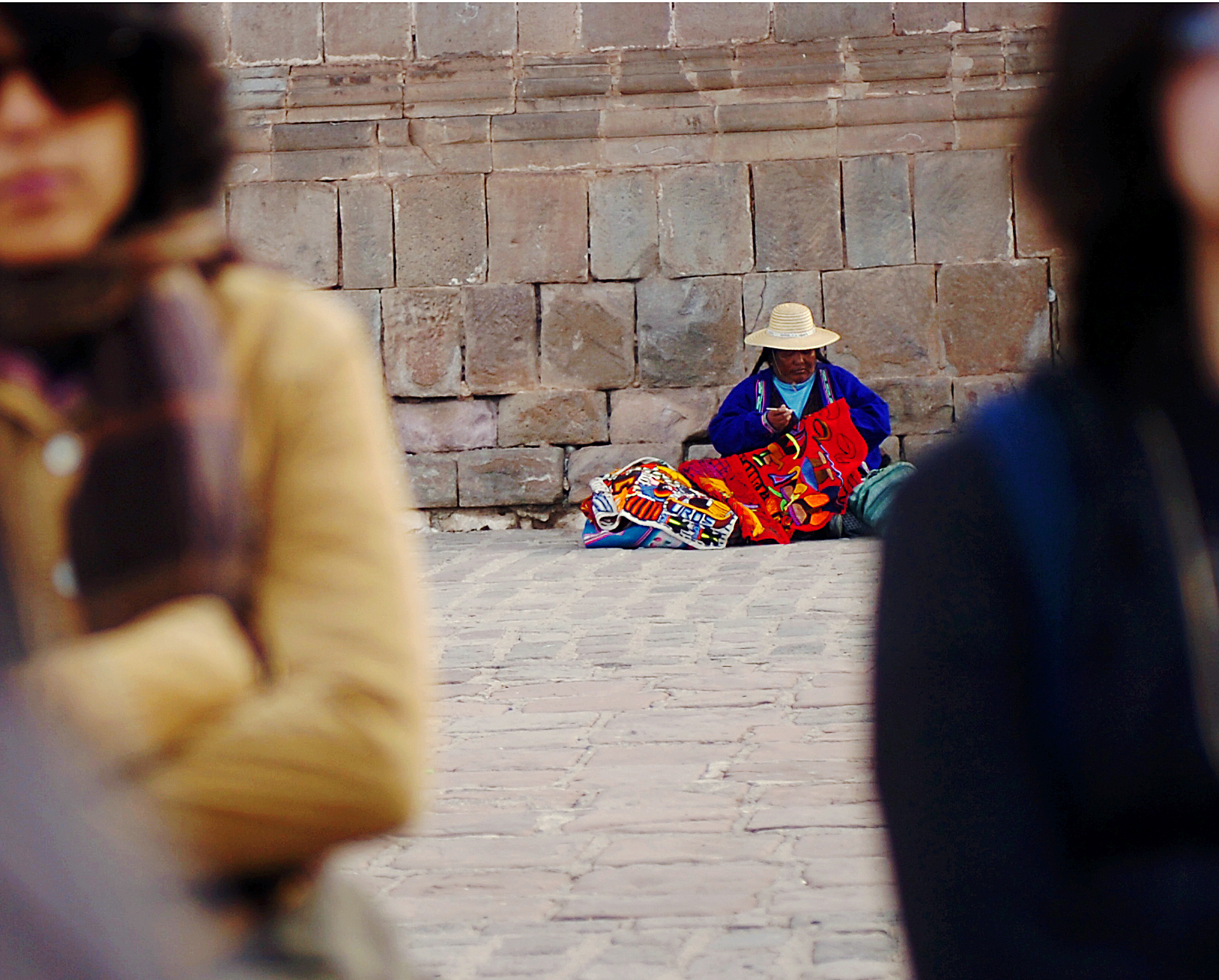Idealized Peru veils country’s problems

By Kimberly Lajcik
Nov. 16, 2009 12:12 a.m.
There came a point when I abandoned the remnants of cultural sensitivity and embraced the crass objectification of culture. My perception of Peru developed while in my host environment. Through multiple exposures with locals and non-locals I saw something more common than unique ““ the Peruvians seem to see artifacts as financial opportunity whereas Western researchers value its cultural value.
My enthusiasm to explore the commodity of culture through the relationship between UCLA anthropology researchers and the Peruvian communities began a year ago, after researching UCLA’s interests in Peru.
As the recipients of a photojournalism scholarship, my partner and I arrived in Peru this summer. We discovered Western interest in pre-Columbian Peru propels the tourism industry and its associated economies.
As a photojournalist and a non-Peruvian, I seldom remained unnoticed. My work required me to approach the action, capturing organic moments. I was there to observe the Westerners and locals, and with my journalistic objectivity, I captured the essence of their relationship. This naive presumption that I would somehow be perceived as anything more than a tourist evaporated.
Only a short boat ride away from the Peruvian border in Bolivia is Isla del Sol. A local girl no older than 7 approached, descending the stairs slowly as her arm covered her face from my lens. Before this I had seen people shying away from my camera, especially the women in traditional Peruvian garb, but never a child. The women shield their youth’s faces from cameras as a reflex without breaking conversation. This behavior is ingrained into their children, more so than any culture I’ve worked in. There’s an awareness in the locals that they have what I want and the value therein.
Altitude sickness constrained me to bed and oxygen tanks for three days. My apparently ambiguous ethnicity led to difficulties crossing the border, and I experienced mild misogyny. But the most difficult and persistent challenge was covertly taking photos. By crouching behind benches, camouflaged in a crowd or appearing to photograph the myriad of street dogs, I captured candid scenes of Peruvian life.
Though my photos and observations would have a wider circulation than a family newsletter and were to achieve the means of investigating the Peruvian relationship with Westerners and Western research, I was there to take and objectify the poverty and practices of Peruvian culture ““ like any tourist or foreigner.
Though I felt initially uncomfortable and feeling exploitative as Peruvians hid from my lens, those feelings diminished as it became a challenge not only to get the shot but to find a location not designed to separate me from my money. My sensitivity to the Peruvians’ cultural integrity waned every time they used aspects of their culture to influence my actions, sometimes demanding money for photos taken of cats.
In the small town of Pukara, tour buses ring the circumference of the plaza and the passengers fill the square and local museum, which is built to attract these tourists. The residents of Pukara meet the buses, eager to sell pottery and garments adorned with llamas. Here the exchange begins; the locals in traditional dress sell their wares as their patrons snap photos. After a two-hour visit, all the buses promptly roll out and the market and vendors vanish with them.
The recent accumulation of infrastructure in Peru and other developing nations with ancient cultures provided the means to store, study and fund research of their indigenous cultural artifacts. They assert claim and cultural patrimony over revenue ““ generating objects they were once unable to house. The Peruvians are acutely aware of how their culture is desired by the Western tourists and the Western researchers alike, and it extends beyond dig sites and museums. A few public spaces corral visitors along a postcard perfect path lined with iconic images of Peru ““ an ideal.
I noticed the recreational visitors were attracted to the popular projected image found in ancient and rural Peru, where the locals dress colorfully and live agrarian lives. This perception is just as valid as any other, but the Western recreationist seemed to occupy different spheres of Peru. There didn’t seem to be an awareness on the Westerners’ parts of the contemporary Peru until a two-day traffic strike resulted in the closure of all major roads. Violators of past strikes have died or been severely injured by mobs.
This selective tourism is not unique to Peru. The demand for idealized Peru is met in a performative space where the visitors exchange cultural remnants for money. The quandary is if I ever left a place like the vanishing markets and found something that didn’t dissolve into the ether after I moved on: A local may capitalize on her heritage by soliciting her culture as an exportable commodity as it’s a way out of poverty at the expense of crude objectification. It became unsettlingly easier to be brazen as the Peruvians aggressively attempted to exchange the illusion of a pleasant antiquated life for so little. The ideal image exchanged only seemed a veil for the aches of this nation and left me feeling that Peru isn’t a place to escape personal troubles because you are met with the pangs of the developing world.
E-mail Lajcik at [email protected].

